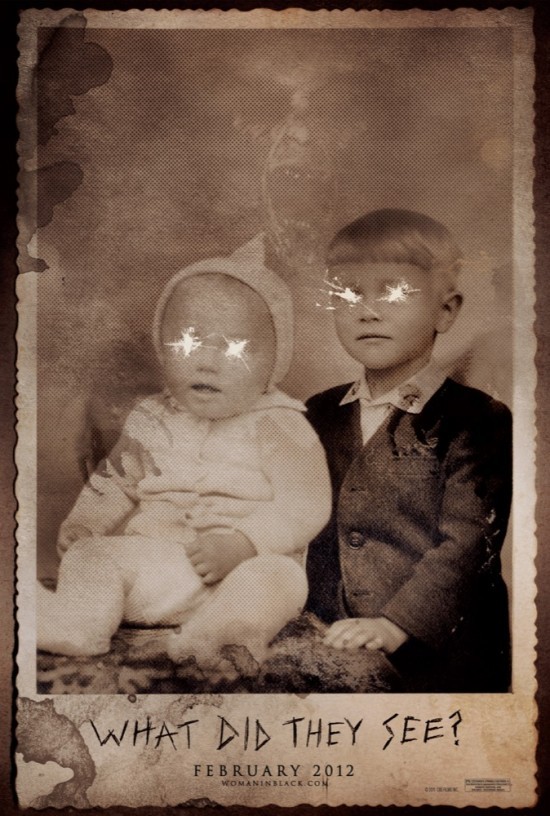
It may surprise you to hear that director David Cronenberg has gone crazy. You may have assumed, judging by some of his previous work, that he was crazy already, but no; the weird sexualised monsters, the typewriters coming to life and eating each other, Jeff Goldblum turning into a fly- that was David Cronenberg's version of sane. His latest work, A Dangerous Method, is a biopic, not of any particular person, but of the birth of psychoanalysis itself. It is centred on the interactions of analysts Carl Jung (Michael Fassbender), Sigmund Freud (Viggo Mortensen) and Sabina Spielrein (Keira Knightley).
In a way, making a film about Jung, Freud and Spielrein was a perfectly logical choice for Cronenberg who is, if his work is anything to judge by, obsessed with sex, death and psychology in the most Freudian way imaginable. A Dangerous Method begins with Spielrein being dragged into consultation with Jung, suffering from acute hysteria (a disease affecting almost exclusively women which seems to have now died out, possibly due to the fact that female sexuality is no longer repressed). Knightley, usually a wooden and predictable actress, excels herself in these scenes, portraying Spielrein's hysteria in a way that makes her appear to be both trying to answer Jung's questions and trying not to; she thrashes around, claws at herself uncontrollably, and contorts her face until she appears to be vomiting her words.
The actors are in general very good, especially Mortensen, who is almost unrecognisable as Freud, but the quiet dullness of the film holds back their performances. You'd expect a film about sex obsessed neurotics to be far more interesting, especially in the hands of Cronenberg; making a realistic film about real people doesn't necessarily mean that you have to make it unobtrusive and lacklustre. Of course Cronenberg is allowed to explore methods of filmmaking which differ from his usual style, and one could argue that the restrained nature of the film echoes the repression and neuroses of the main characters, but A Dangerous Method leaves no lasting impression on the viewer; this certainly is not the case with most of Cronenberg's earlier work, which can sometimes have you wondering if you've stepped off the edge into the screaming void.
The film is clearly very clever (the characters natter on about complex psychological theory every chance they get). We are shown the burgeoning relationship between Freud and Jung complicated by Jung's fascination with the masochistic Spielrein, who after recovering from her hysteria eventually becomes a psychoanalyst herself. Adapted from a play by Christopher Hampton called 'The Talking Cure', perhaps it would have been better if the film had stayed as one. Imagining the subject matter of the film as a play, with three or four characters sitting about talking on a stage furnished only with a psychologist's couch, a box of Freudian cigars, and the odd whip or two, it is possible to see the potential in the film's concept. By taking the idea and putting it in a film, Cronenberg has unfortunately added nothing which could not have already been conceived on the stage.
In the hands of another director, perhaps this might not have been so (and in fact, we really would have expected far more from Cronenberg in the first place). A Dangerous Method is a relatively interesting watch, particularly if you're already familiar with both Freudian and Jungian psychological theory, but if you're expecting any sort of innovation or bold statement from this film, you won't find it. Cronenberg's version of crazy is to take an intense and deeply layered subject and to make a dull, watery film about it.





